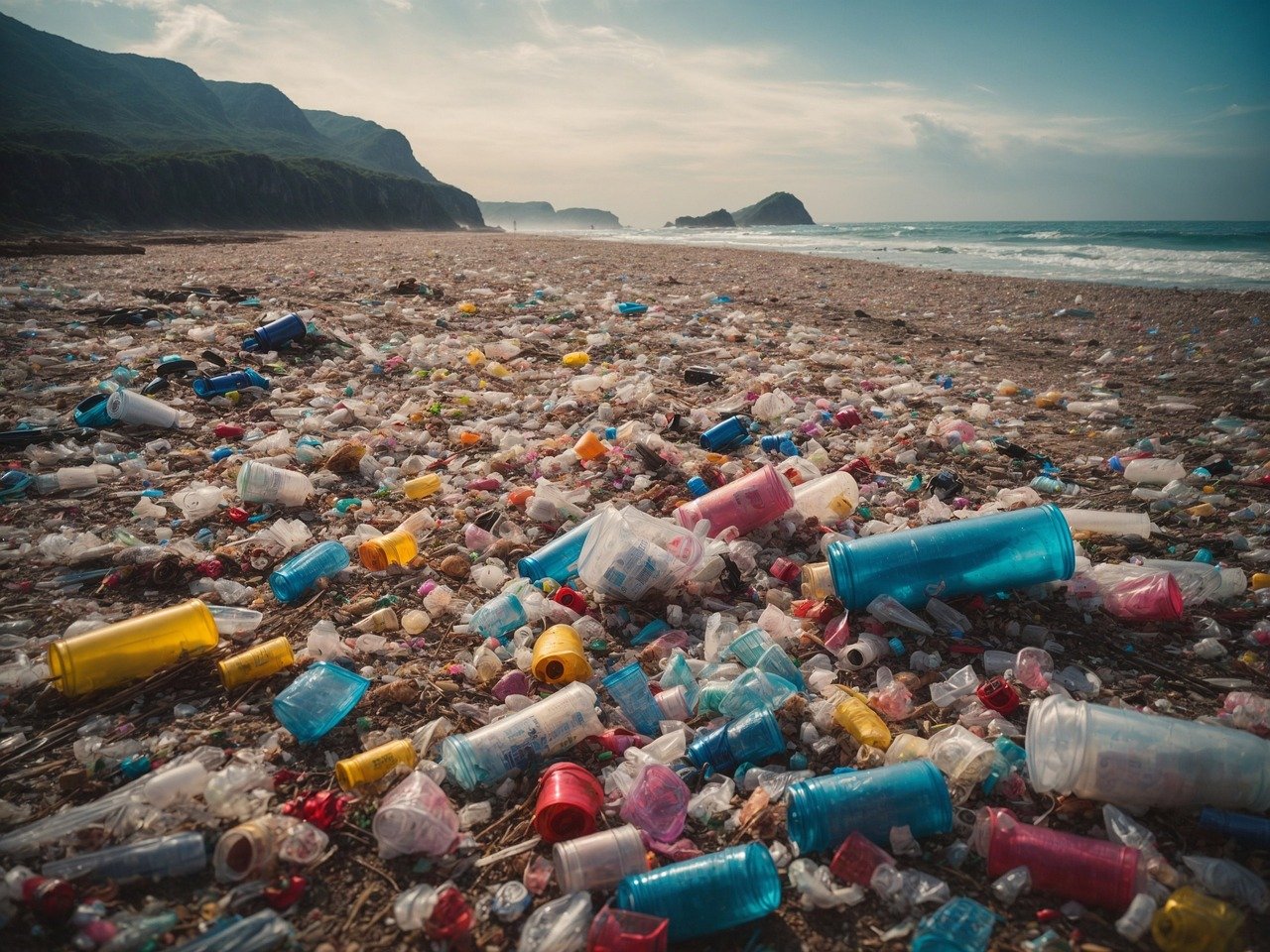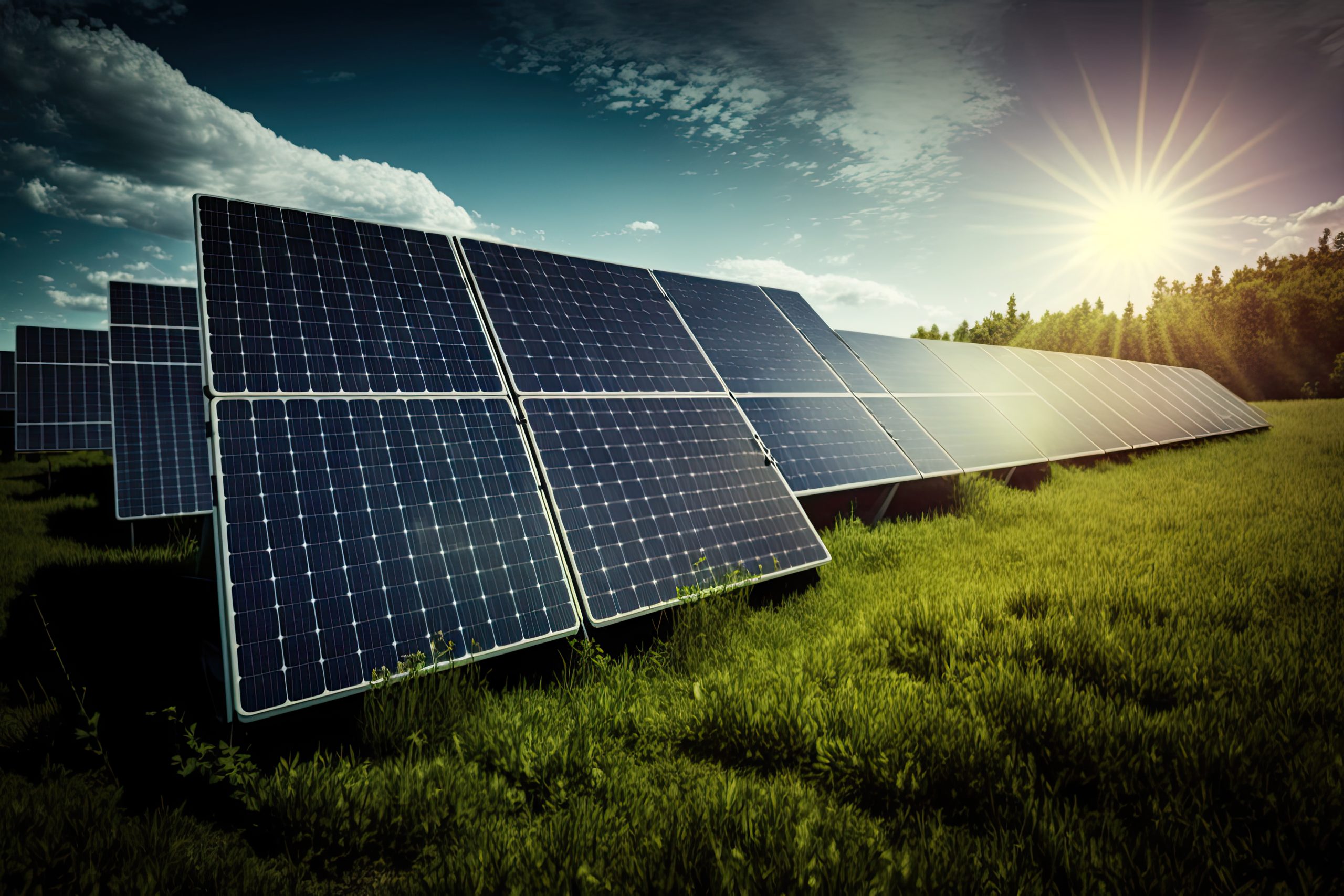In a world where sustainability is more important than ever, sustainable furniture projects are increasingly gaining popularity for their eco-friendly and creative approach.
Repurposing discarded items like plastics, tires, and even oil drums to create unique, durable, and stylish furniture pieces not only helps the environment but also provides a cheaper alternative to costly furniture. In addition, they are quick and easy to build. As such, anyone can also create them if the necessary tools and materials are in place.
With that said, here are 5 clever eco-friendly furniture ideas for a greener and more stylish living space.
1. Oil Drum Set:
Oil drums are a common industrial waste item, but with a little creativity, they can be transformed into sturdy and eye-catching furniture. An oil drum set involves two or more chairs and a table. It can exist as a two-seater bar table, sofas and a coffee table, or as stools. The result is a sleek, industrial-style set that’s perfect for a modern living room, outdoor patio, or even restaurant.
2. Tire Ottoman:
Old tires are another item that often end up in landfills but can be repurposed into stylish and functional furniture. By combining said tires with wooden or glass tops, cushions, and upholstery and wrapping a rope around it, the result is a unique-looking ottoman that is highly enviable. They are perfect for both indoor and outdoor settings, and the durable rubber material ensures they’ll last for years.
3. Cargo Side Table:
Shipping containers are strong and very durable, making them ideal for repurposing into furniture. Their sturdy and malleable nature makes them perfect for creating side tables, with their metal exterior providing a modern, industrial look. These tables can be customized to include drawers or doors and a lock for extra storage. Additionally, they are perfect for bedrooms or as a statement piece in a living area. Plus, they are great conversation starters, showcasing your commitment to sustainability.
4. Shipping Container Wardrobe:
For those who need extra storage space, a shipping container wardrobe is a unique and sustainable option. Usually, they are made by cutting a small section of a shipping container and adding shelves, rods, and drawers to create a functional wardrobe. These wardrobes turn out to not only look cool and unique but also end up being incredibly durable, ensuring that your clothes and belongings stay safe and organized.
5. Plastic Crate Bookshelf:
Probably the easiest to create, plastic crate bookshelves are sturdy and often have a unique appearance. They are made using multiple plastic crates, stacked on each other and secured using screws or zip ties, then painted. The open design of the crates provides ample storage for books, magazines, and other items, making the bookshelf both practical and eco-friendly.
In light of these furniture ideas, it is safe to say that owning sustainable furniture is not only unique and economical; it's also a great way to reduce waste as well as your environmental impact. As such, whether you're looking to add a modern, industrial touch or a rustic, casual vibe to your living space, these furniture ideas offer endless possibilities for creativity and sustainable living.
Redcity specializes in constructing structures such as these and more using recyclable materials. Request a quote here to create your very own sustainable furniture piece. Also, feel free to check out our guide for making furnishings out of oil drums.
To check out more exciting news and updates, visit our blog here. You can also visit our newly launched YouTube channel here to check out more exciting content. And follow us on Instagram @redcityestate for any important announcements.What do you think about these 5 clever eco-friendly furniture ideas? Comment below.





